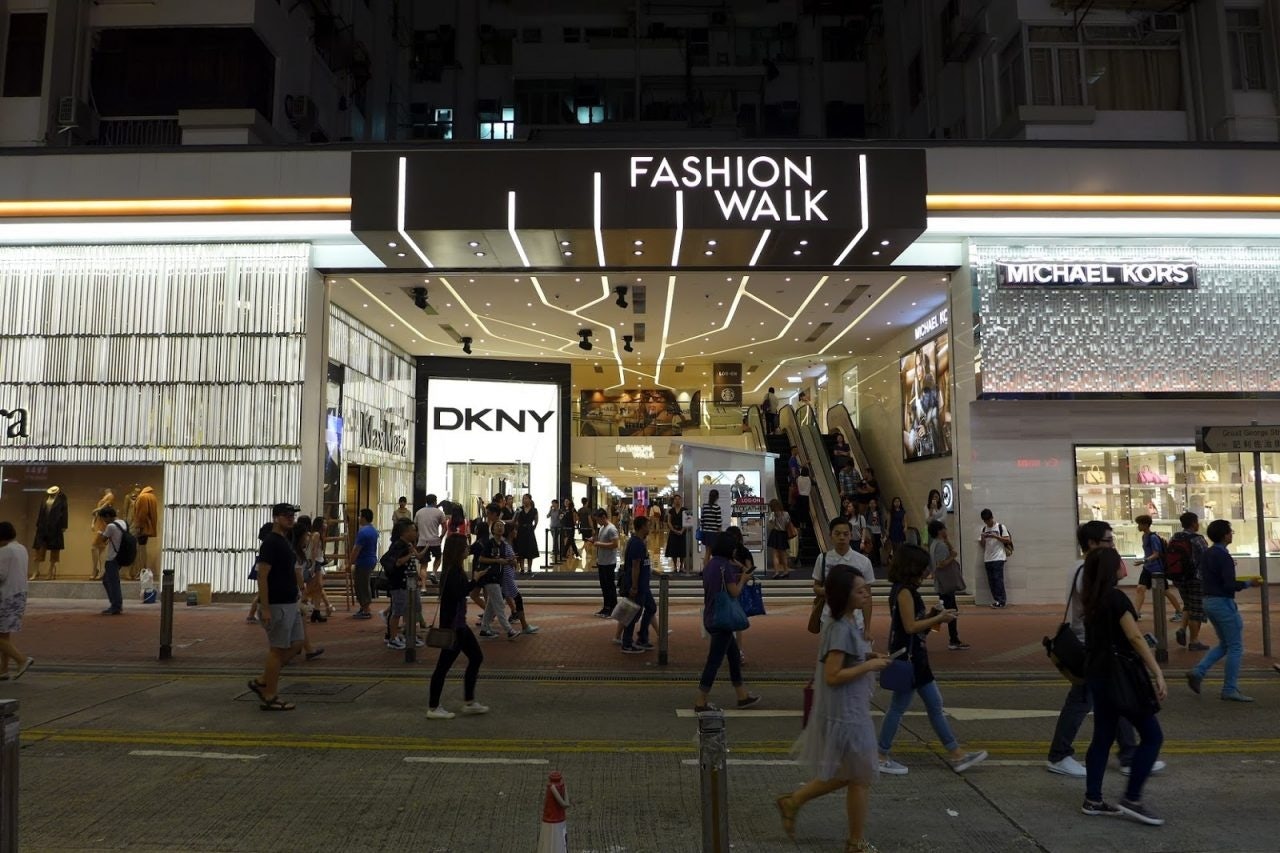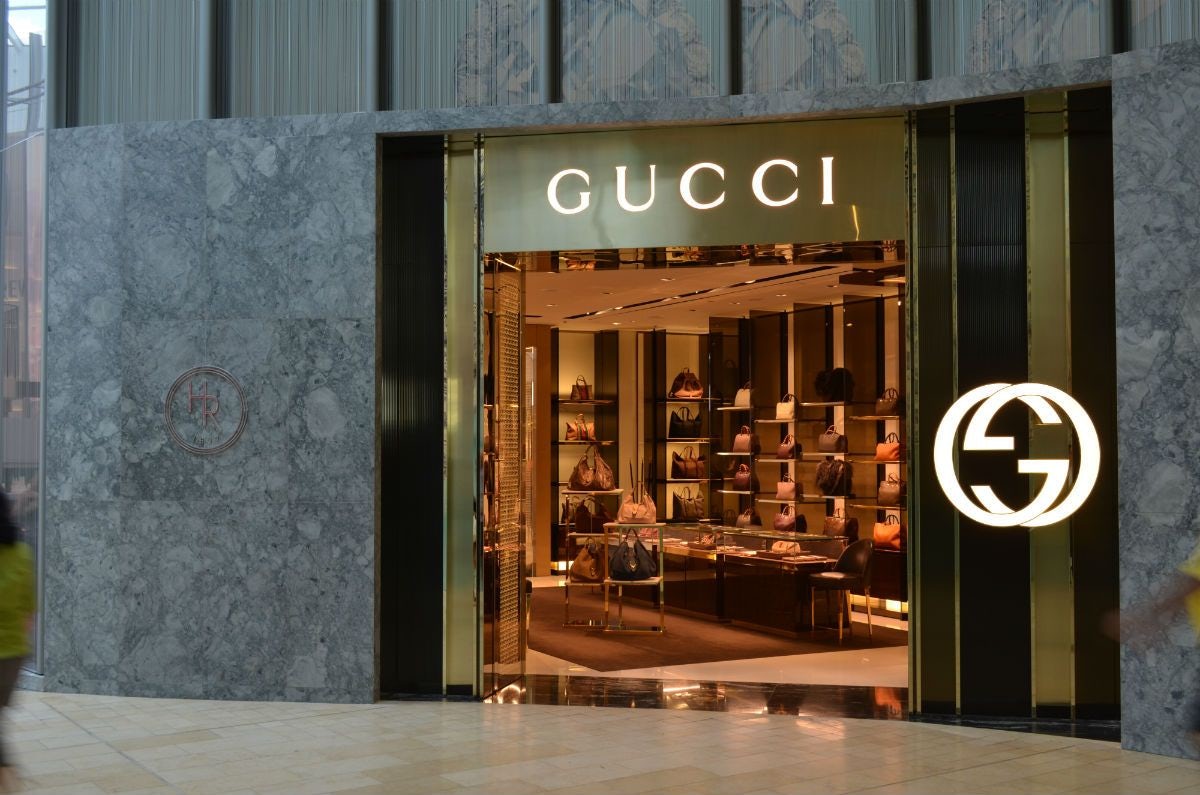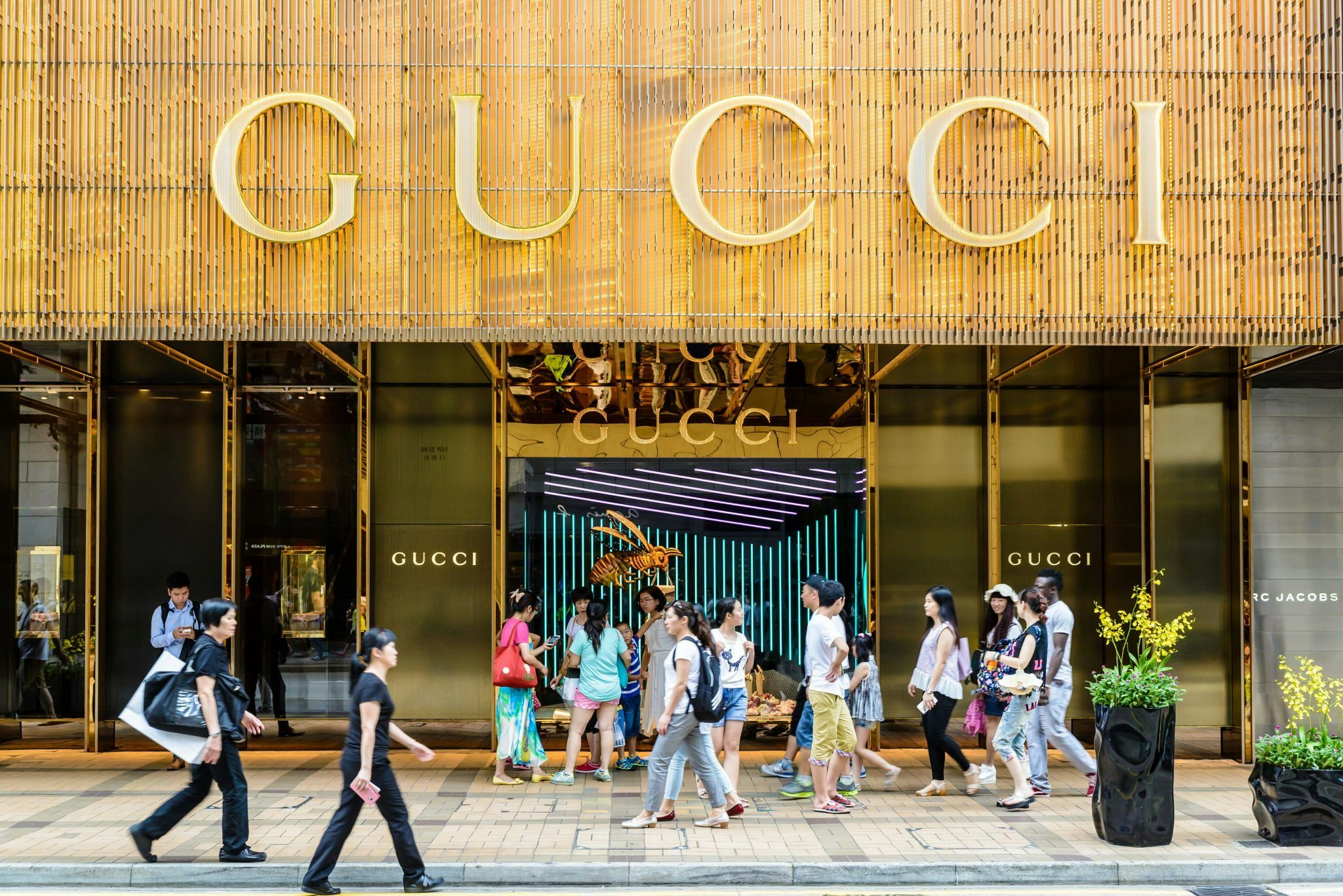China’s luxury industry players emitted a collective sigh of relief on Wednesday as Bain and Company reported China’s luxury goods market took its biggest leap forward in sales in six years.
It’s six years that have been plagued with challenges as China’s anti-graft campaign put a plug in ostentatious purchases, a problem compounded by the country’s slowing economic growth.
The tides now seem to be changing, however. On Thursday, the BBC reported that China’s economy grew by 6.9 percent last year, and the rate has sped up for the first time in seven years, according to official data.
While that number is still being debated by analysts, it’s clear that the domestic industry seems to be doing something right to drive a rebound of 20 percent sales growth. Bain reports that part of the shift in spending stems from the Chinese government’s efforts to crack down on daigou, personal shoppers who bring luxury goods in from overseas, by promoting cross-border e-commerce. Chinese officials also lowered import duties, making room for brands to offer domestic pricing that is more on par with their overseas stores.
But another key driver behind the spending trend, Bain reported, is millennial shoppers, consumers aged 18 to 35 years old. It’s this increasingly educated, style-savvy, and sophisticated group that is keeping brands on their toes in order to continue to drive momentum in the coming year.
Millennials start shopping at a younger age and are buying luxury goods more often—on average, they made luxury purchases eight times in 2017 compared to five times for everyone else surveyed—meaning that in order to keep their attention span, luxury brands are needing to constantly stay fresh and offer new products.
The channels millennials receive information about luxury, mainly digital ones, are constantly and quickly evolving, too. KOLs on social media continue to drive fashion trends and not only are they helping shoppers form their individual styles, they’re helping their followers each become an authority on fashion.
While online shopping is now a major factor in luxury sales, Chinese consumers are still very concerned about product authenticity and exclusivity. That’s why online penetration for luxury was still relatively low in 2017, according to Bain, with most of the growth in online purchases stemming from cosmetics.
Consumers surveyed for Bain’s report still preferred to shop either in the bricks and mortar space or on the brand’s official website for luxury goods because more official channels guaranteed exclusivity and authenticity for the consumer. Reflecting this, more brands are expected to launch an official website in China in 2018. WeChat stores and Tmall flagships were the second most-popular option for luxury purchases, with aggregators like Alibaba’s Tmall Pavilion and JD Toplife coming in third.
Tmall Pavilion and JD Toplife both launched late last year, so there is still room for improvement in the coming year. Online luxury aggregators like Tmall and JD have been working hard to secure their status in the industry and win the trust of consumers this past year—Alibaba has been continuously making strides in its fight against counterfeits, while JD.com has embarked on a number of strategic partnerships, including Farfetch.
While shopping platforms may make up the bones of luxury sales growth, the meat will be behind the products themselves. The report’s author Bruno Lannes writes, “some brands are borrowing from the fast fashion playbook” by optimizing their supply chain to get collections to consumers much faster, and they’re also “emphasizing item diversification in each collection and creating exclusive content”—take Longchamp’s collaboration with Mr. Bags as one of the most recent examples.
“Many luxury brands recognize that Chinese consumers are more and more setting the trends in luxury,” Lannes said in a statement. “To start with, they represent 32 percent of the global luxury consumption. In addition, we also see an emerging qualitative editorial authority in China on luxury, through KOL and media. And China is ahead of all other markets when it comes to digital marketing and digital consumer engagement. We expect the strong momentum of the domestic market to continue, fueled by millennials and strong complementarity between offline and online to drive traffic into stores.”



